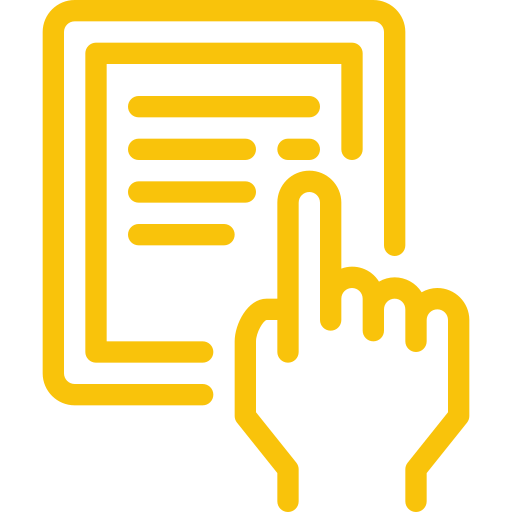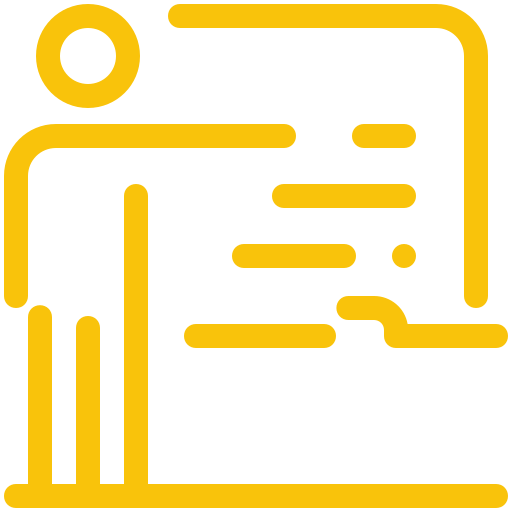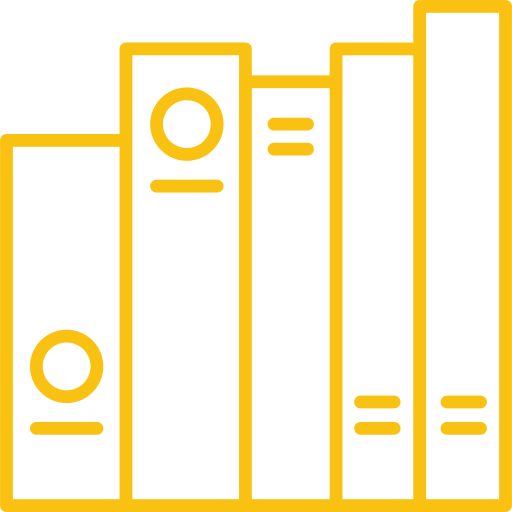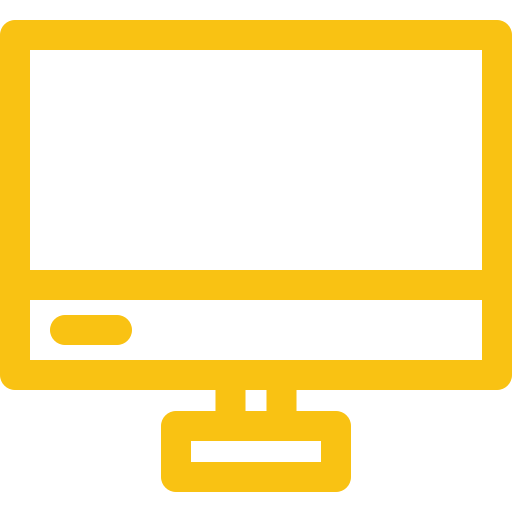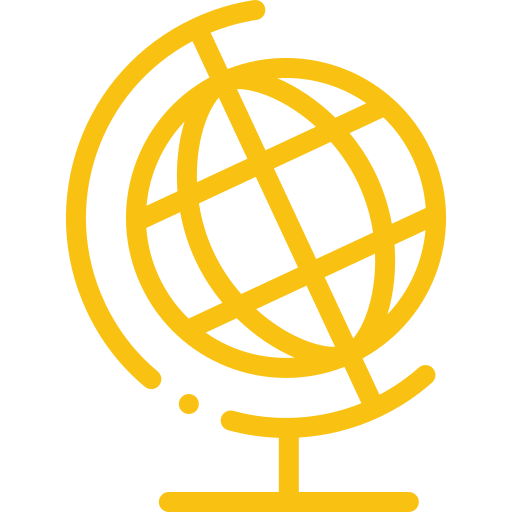We all want our students to succeed, but sometimes it feels like we’re throwing things at the wall and hoping something sticks. We attend professional development workshops, try new teaching strategies, and pour our hearts into creating engaging lessons. But how do we know what’s truly making a difference in our students’ learning?
This is where measuring effective teaching comes in. It allows us to gather information about our teaching practices, understand what is working, and make data-informed decisions to continuously improve (using evidence based solutions) our methods of measuring effective teaching.
The importance of measuring effective teaching cannot be overstated. It’s about going beyond just “gut feelings” and instead, using data to inform our instructional choices. At the end of the day, it’s about student performance more than just quality standards and teacher evaluation.
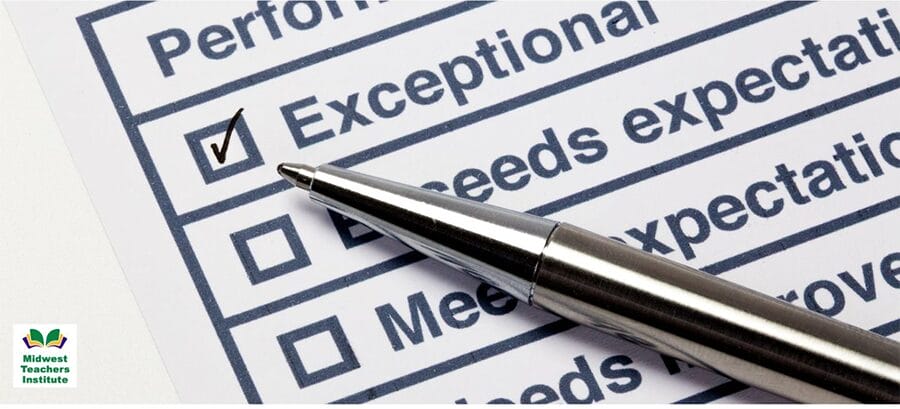
The Multifaceted Nature of Measuring Effective Teaching
Historically, measuring effective teaching often relied heavily on standardized test scores. However, the complexity of teaching and learning goes far beyond what a single test can reveal.
This is why a multi-faceted approach to measurement is essential, and why simply relying on test-score-based value-added measures may not provide a complete picture. While test scores offer valuable insights into student achievement, it is important to recognize their limitations.
Embracing a Holistic Perspective with Multiple Measures
A well-rounded understanding of teaching effectiveness requires examining various aspects of a teacher’s impact.
- Classroom Observations: Structured classroom observations provide valuable insights into a teacher’s ability to create a positive learning environment, engage students in meaningful ways, and implement effective instructional practices.
- Student Growth and Achievement: While standardized test scores are part of this equation, we can go further by incorporating additional measures such as growth on benchmark assessments, performance on project-based learning activities, or even the development of critical thinking skills over time. It is about recognizing the growth that may not be reflected in traditional tests.
- Student Surveys: Student surveys offer a unique window into the classroom climate. How do students perceive the teacher’s support, fairness, and ability to create a sense of belonging and academic challenge? This feedback can be instrumental in helping teachers tailor their approach to meet the diverse needs of their students.
- Teacher Self-Reflection: Effective teaching is an ongoing journey of growth. Encourage teachers to reflect on their own practices, identify areas where they excel and areas where they can continue to develop their craft.

The table below highlights the pros and cons of different measures:
| Measure | Pros | Cons |
| Classroom Observations | Provide direct insight into classroom dynamics, teacher-student interactions, and the implementation of specific instructional practices. | Can be subject to observer bias if not conducted with a high level of training and fidelity to the chosen observation protocol. |
| Student Growth and Achievement | Offer quantifiable data on student progress and can be used to track growth over time. | May not capture the full breadth of skills and knowledge that teachers aim to develop in their students, especially in areas such as creativity, critical thinking, and collaboration. |
| Student Surveys | Provide student perspectives on classroom climate, teacher effectiveness, and their overall learning experiences. | Can be influenced by student biases or personal preferences. |
| Teacher Self-Reflection | Encourages metacognitive thinking, self-awareness, and a growth mindset among educators. | Can be limited by a teacher’s ability to objectively assess their own practices. |
Finding a balance between these various measures is key to measuring effective teaching. The “perfect” combination may vary depending on the grade level, subject area, and school context. However, a system that embraces multiple perspectives, allowing us to consider teacher impact from a variety of angles, will always paint a more comprehensive and accurate picture.
Unveiling the Bigger Picture – Connecting Teaching Practices to Outcomes
Imagine a sixth-grade math teacher, Ms. A, who consistently receives high marks on classroom observations. Her students adore her engaging lessons, and she fosters a positive and supportive learning environment.
But when it comes to student growth on standardized tests, the results are less consistent. Does this mean Ms. A is not an effective teacher?
Not necessarily. The goal of measuring effective teaching isn’t about labeling teachers as “good” or “bad.” It’s about understanding the nuanced relationship between what a teacher does and how those actions translate to student outcomes.
This might involve examining whether curriculum alignment, pacing, or even factors outside the classroom (like access to technology or home support) are impacting student progress.
Assistant Policy Researcher at RAND, Noah Johnson, highlights research indicating that, “teachers who were effective in these areas were not consistently the same teachers who were strong in raising students’ math test scores.” This highlights that teachers have different strengths, and student growth on tests may not reflect the diverse positive impact that a teacher is having.
*Rand Education and Labor’s guiding principles and organizational structure revolve around a systematic analysis of education and economic opportunities. Their sponsorship includes government agencies, foundations, and private-sector firms.

Additionally, to gain a more in-depth understanding of teaching effectiveness and its nuances, you can explore the latest insights from policy experts in education such as the Rand Campaign or the Gates Foundation.
*The Bill and Melinda Gates Foundation has done a lot of research on educational opportunities and data sciences on improving instruction.

Moving Beyond Measurement
Measuring effective teaching is a powerful tool. But the true magic lies in what we do with that information.
Fostering Growth and Development
By using the insights from these measurements thoughtfully and constructively, schools can foster a culture of ongoing improvement. Imagine using classroom observation data to provide targeted professional development opportunities or utilizing student survey feedback to initiate conversations between teachers and students about their classroom experiences. Measuring effective teaching should never be about punishment.
Instead, when approached effectively, measuring effective teaching should always come back to this crucial goal: fostering a cycle of continuous learning and improvement for both teachers and their students.
If you’re looking for some tools to help with measuring effective teaching, there are plenty of options. There are many programs out there that, if used effectively, can help the process. (None of these are endorsed by MTI, nor are they ranked in any manner).




When selecting or developing a teacher evaluation model, administrators should keep the following factors in mind to ensure reliability and effectiveness:
- Consistency is Key: A dependable evaluation model should provide consistent ratings across assessment periods, assuming the teacher’s methodologies and practices remain unchanged. Fluctuating scores without corresponding changes in teaching approach may indicate an unreliable model.
- Minimizing Bias: The ideal evaluation tool should be as objective as possible, free from prejudice or personal bias. This ensures that teachers are assessed fairly and accurately, regardless of who conducts the evaluation.
- Building Teacher Trust: When educators have confidence in the evaluation process, they’re more likely to view it as an opportunity for professional growth rather than a punitive measure. This positive outlook can lead to increased receptiveness to feedback and a greater willingness to implement suggested improvements.
By focusing on these aspects, systems can be implemented that not only accurately assess teacher performance but also foster a culture of continuous improvement and professional development within their educational institutions.
FAQs about Measuring Effective Teaching
How Do You Measure Teaching Effectiveness?
Measuring teaching effectiveness requires a comprehensive approach that goes beyond relying solely on standardized test scores to assess teaching impact. Effective teaching can be assessed by utilizing various methods that provide a well-rounded view of a teacher’s impact, such as:
- Structured classroom observations to assess classroom management, instruction, effective solutions, and student engagement.
- Analyzing student growth and achievement using various data points, including test scores, benchmark assessments, and projects.
- Conducting student surveys to gather feedback on classroom climate, teacher effectiveness, and student perspectives.
- Encouraging teacher self-reflection and providing opportunities for professional growth and development.
How Do You Evaluate Effective Teaching?
Evaluating effective teaching involves analyzing the data gathered from different measures to identify patterns and areas where teachers excel or require additional support. This analysis helps guide informed decision-making regarding professional development opportunities, coaching strategies, and the continuous improvement of teaching practices within a school or district.
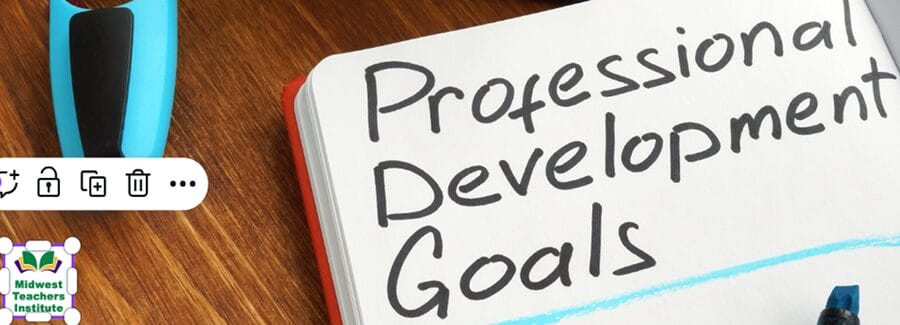
It’s about recognizing that great teaching involves understanding and implementing effective teaching strategies that align with best practices in education.
How Do You Measure Teaching Success?
Measuring teaching success focuses on the positive impact teachers have on student learning and well-being. Beyond academic achievement, teaching success encompasses:
- Creating a supportive and engaging learning environment.
- Nurturing students’ social-emotional growth.
- Equipping them with essential skills for higher-order thinking.
Assessing teaching success means valuing a wider range of outcomes beyond standardized test scores.

What are the Indicators of Effective Teaching?
Several indicators signify effective teaching, such as:
- Clear communication and high expectations.
- Creating a supportive learning environment characterized by mutual respect and a sense of belonging.
- Engaging instruction that caters to students’ different learning styles.
- Effective use of assessment data to inform instruction (using objective analysis).
It’s about recognizing that great teachers constantly adapt, learn, and seek to grow in their practice, positively influencing their students.

Conclusion
Measuring effective teaching is an ongoing exploration, a commitment to better understanding the complexities of teaching and learning. While there may never be a “one size fits all” solution, we can strive to create measurement systems that reflect the multifaceted nature of teaching, celebrate the strengths of individual educators, and guide ongoing professional growth.
By embracing the challenge of measuring effective teaching and, most importantly, thoughtfully applying the insights we gain, we move closer to a future where all students have access to the high-quality education they deserve.
If you are looking to learn more, consider taking one of our graduate classes here at MTI. We offer the most affordable graduate classes on the market, developed by real teachers.

We even have a course on measuring effective teaching, where you can study the research of John Hattie on the subject. Since there’s no one who’s better at measuring teacher effectiveness and evaluation systems.

Unlike other companies, we have zero hidden costs, and we provide the syllabus before you sign up. Some surprises are good, but they shouldn’t involve your money or time.
And if you’re interested in teaching with us, feel free to reach out via any of our social media links, or send an email to [email protected] for more details.



